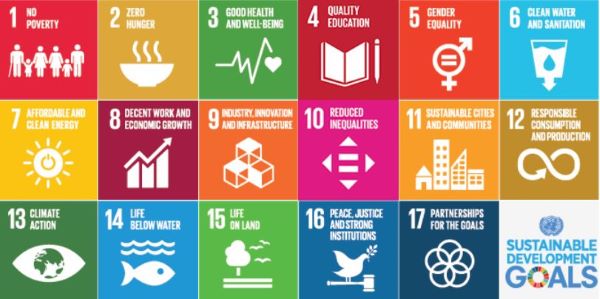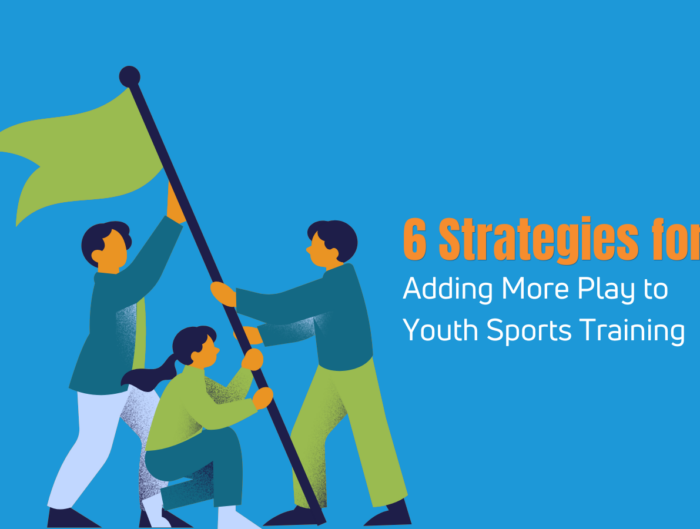January twenty-fourth is a special day. It’s the United Nations International Day of Education; a day to celebrate the power of learning and to recognize the vital role education plays in individual development as well as in creating peaceful and sustainable communities.
We often focus on academic success as a primary indicator of healthy youth development, but what about the magic that happens outside of the classroom? Extracurricular activities shape our children’s education and personal growth in ways that cannot be evaluated by academic grades. Youth sports, for example, have the power to unlock a world of opportunity for our children. The United Nations Office on Sport for Development and Peace (UNOSDP), recognizes the role of sport as a cost-effective and flexible tool for advancing quality education across the globe.
Regular participation in sports and physical activities provides children and adolescents with physical education, enhanced social and emotional development, increased educational opportunities, decreased dropout rates, and environments that promote gender equality and inclusion. Youth sports are not simply a matter of physical exertion, but rather a holistic endeavor, molding the young mind and character, as well as the body.
The United Nations recognizes education as a fundamental human right and aims to provide access to quality education in a safe and inclusive environment for all children. On the International Day of Education, it’s important to acknowledge the significant impact youth sports have in shaping the education and personal growth of our young ones.
A Blueprint for Change: the 17 Sustainable Development Goals
The United Nations Sustainable Development Goals are a set of seventeen interrelated goals, adopted as part of the 2030 Agenda for Sustainable Development, that serve as a blueprint, a toolkit, if you will, for achieving a more sustainable and equitable future for all people and the planet.

The 17 SDGs cover a wide range of issues including poverty, hunger, health, education, gender equality, clean water, energy, economic growth, and climate action.
What’s unique about the SDGs is their interconnectedness. Progress in education, for instance, is inextricably linked to progress in health, gender equality, and economic growth. This means that by working on one area, we can make a positive impact on many others.
Youth sports greatly contribute to achieving the fourth Sustainable Development Goal of “Quality Education” by offering children a holistic development experience that enhances their academic education. By participating in youth sports, children can develop physical, social, and cognitive skills that are essential for their overall growth and success. Youth sports not only benefit individual development, but also contribute to community development by promoting inclusion, equity and teamwork, which in turn can have a positive impact on achieving more than one SDG.
7 ways in which youth sports are powering progress for a sustainable future:
Physical Education
Youth sports provide children and adolescents with the physical education they need to develop healthy bodies and minds. Physical activity is crucial for a child’s physical, mental, and emotional well-being. It helps them to develop strong bodies and healthy habits that have the potential to last a lifetime.
Social and Emotional Development
With sports, we often see the benefits they have on a child’s social and emotional development. Through the experience of being on a team, children learn valuable skills like effective communication, teamwork, and leadership. The discipline and structure of sports also teach children about responsibility and time management. Perhaps one of the most powerful impacts of youth sports is the potential it has to boost a child’s self-esteem and confidence, which often spills over into other areas of their life.
Educational Opportunities
When it comes to the impact of youth sports on educational opportunities, we often see a positive correlation. Participating in sports helps children develop skills such as time management, discipline and focus that can be applied to their academic pursuits. Additionally, the sense of accomplishment and success that comes from being part of a team or achieving personal goals in sports often translates into greater self-efficacy and one’s ability to succeed academically.
Participation in youth sports can also lead to educational opportunities. Many colleges and universities offer scholarships to students who excel in sports. This can open the door to higher education for many young people who otherwise might not have this opportunity.
Dropout Prevention
Research studies have found that students who participate in extracurricular activities, including sports, have higher graduation rates and lower dropout rates compared to students who do not participate in them. Studies also indicate that students who participate in sports are more engaged in school, have better attendance and have higher self-esteem, which can all contribute to a higher rate of graduation.
Gender Equality + Girls’ Empowerment
The sports ecosystem has a significant role to play in gender equality. Sports can empower women and girls, unite communities, and convey positive messages to a wide audience. It provides girls and young women with opportunities to develop physical fitness, self-confidence, and leadership skills. Youth sports participation also helps to challenge harmful gender norms and provide girls with role models and opportunities to succeed in traditionally male-dominated fields.
Community Building
Being part of a sports team provides a sense of belonging and connection for children and young people, as well as for parents, coaches, and volunteers. Youth sports also bring together different groups in the community, such as schools, businesses, and local organizations, to support the teams and players, fostering a sense of community pride and shared purpose. This can also lead to the development of community programs, events, and initiatives that promote physical activity, healthy living, and community engagement.
Inclusion
Sports teams offer a powerful sense of community and belonging for children and young people, regardless of their background or abilities. They act as a bridge to break down barriers and open doors to education and other opportunities for children and young people who are facing challenges such as disabilities or living in marginalized communities.
Beyond Pulse is a sports wearable technology, designed to positively enhance environments in youth sports and physical education. Learn more: https://beyondpulse.com/en/

 FRA
FRA































